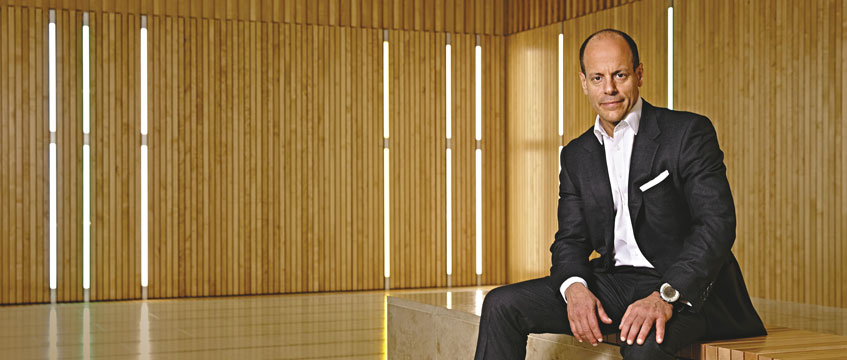I was in San Francisco last week, attending the TechCrunch Disrupt conference. If you’ve ever seen Silicon Valley on HBO, it’s alarmingly accurate in a way that reminds me of BBC political satire The Thick of It.
During the three days of TechCrunch Disrupt, we were treated to skywriting by five synchronised aircraft advertising cloud computing with an eight-mile wide message, and a demonstration of drone flights. While we were there, ISIL threatened Twitter employees with beheadings because they had been shutting down their accounts. It felt like an episode of a TV show.
Particularly fascinating was a panel of venture capitalists who lamented that it was easier to get hold of investment in San Francisco and the Valley than to source engineering talent to service that money.
Quality of offices
What amazed me were the quality of offices needed to attract this talent, and that there should be an apparent talent shortage despite the presence of UC Berkeley and Stanford churning out the world’s best and brightest. We toured some of these offices. In order to compete for talent, they are becoming temples of design, evidenced by “starchitects” working on schemes for Google, Amazon, Uber, Salesforce and Apple.
They contain theatres, yoga rooms, state-of-the-art gyms, designer furniture, roof terraces, barbecues, hammocks, shops, bars, coffee shops and quiet space. The healthy food on offer is worthy of a Michelin-starred kitchen.
What is driving some of this is car dependency. There is not enough density, other than downtown, for the city to provide these amenities, so individual companies have to provide space to create hang time and community among staff. These offices are places you aspire to work in.
By contrast, real estate in London and elsewhere in the UK is on average three times the cost of prime San Francisco. Corporate occupiers are looking to the location to provide the amenities, rather than incorporating it into their own space. Floorprints need to be smaller in the UK.
Out to the fringes
Inner cities are drawing in the tech crowd, evidenced by trends in London, New York and San Francisco, but the rising costs of real estate are either forcing companies out to the fringes (thus moving the accompanying gentrification wave) or giving the VCs a headache about the burn rate of the investment. As one put it: “You know you’re at the top of the market when your start-up is signing a 10-year lease.”
I’m struck that so much of this money is tied up in our market, through deposits, fit-out or surrender premiums for the ones who go through M&A or don’t make it.
I applaud the use of our best design talent and love the benchmarks these new buildings and ways of working are setting among the real estate community. But I find the culture of companies needing to outspend one another in order to attract talent a difficult one. There lies the route to excess, and it is a bit distasteful. For its part, the real estate industry should be helping to expand these companies, not taking cash out along the way.
Just sayin’…
Juliette Morgan is partner at C&W and head of property at Tech City











